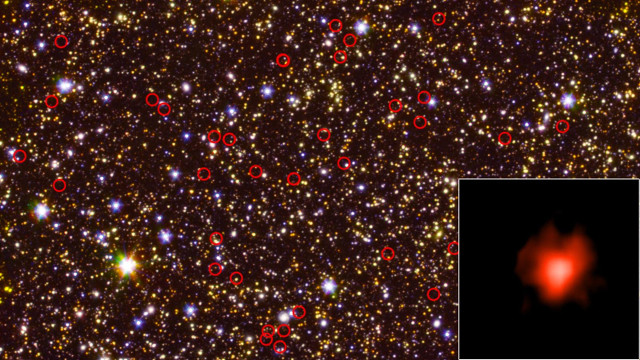
There may still be tectonic activity on the Moon
An article published in the journal “Nature Geoscience” offers clues to the fact that the Moon may still be tectonically active. A team of researchers analyzed images captured by NASA’s Lunar Reconnaissance Orbiter (LRO) space probe in 2010 discovering thousands of tectonic faults generated by the Moon’s progressive shrinking as it cooled down. Some researchers have been working on these geological analyzes since those photos were taken but initially they brought clues about a recent activity while the new clues indicate that an activity still exists.





